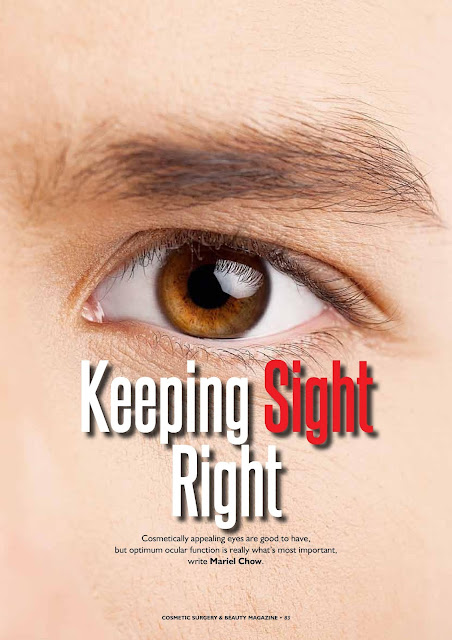Having a full lip can make a person more sensuous and attractive. However, an artificial pump-up lips which are not proportional to one's face can make one an object of ridicule.
Natural versus unnatural lips.
This woman had lip injection in a beauty saloon two years ago to give her a better pout. She was told the injection consisted of hyaluronic acid. Two years later, the lips remained swollen and the upper lip had poor contour with the left side bigger than the right. She was depressed as people ridiculed her for having "sausage lips".
Swollen upper lip with asymmetrical contour.
Side view of the lips
She consulted a few aesthetic physicians and had injections including steroid and hyalurodinase to reduce the swelling but to no avail. Examination showed the lips to be thickened and hard to touch, it was likely that she was injected with silicone rather than hyaluronic acid. The only treatment of choice is to surgically remove the granuloma.
Surgical removal of the granuloma and to reshape the contour
of the upper lip.
Excised lip tissue showing granuloma.
Post lip reduction with good contour.
Side view of the upper lip post lip reduction.




















































